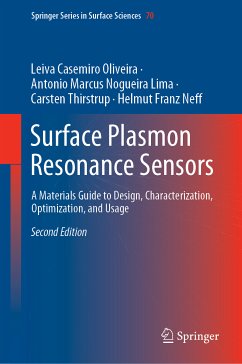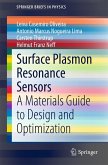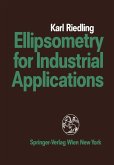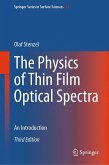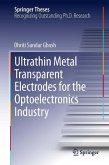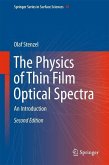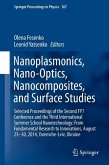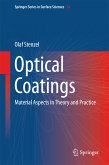This significantly extended second edition addresses the important physical phenomenon of Surface Plasmon Resonance (SPR) or Surface Plasmon Polaritons (SPP) in thin metal films, a phenomenon which is exploited in the design of a large variety of physico-chemical optical sensors. In this treatment, crucial materials aspects for design and optimization of SPR sensors are investigated and described in detail. The text covers a selection of nanometer thin metal films, ranging from free-electron to the platinum-type conductors, along with their combination with a large variety of dielectric substrate materials, and associated individual layer and opto-geometric arrangements. Whereas the first edition treated solely the metal-liquid interface, the SP-resonance conditions considered here are expanded to cover the metal-gas interface in the angular and wavelength interrogation modes, localized and long-range SP's and the influence of native oxidic ad-layers in the case of non-noble metals. Furthermore, a selection of metal grating structures that allow SP excitation is presented, as are features of radiative SP's.
Finally, this treatise includes as-yet hardly explored SPR features of selected metal-metal and metal-dielectric superlattices. An in-depth multilayer Fresnel evaluation provides the mathematical tool for this optical analysis, which otherwise relies solely on experimentally determined electro-optical materials parameters.
Finally, this treatise includes as-yet hardly explored SPR features of selected metal-metal and metal-dielectric superlattices. An in-depth multilayer Fresnel evaluation provides the mathematical tool for this optical analysis, which otherwise relies solely on experimentally determined electro-optical materials parameters.
Dieser Download kann aus rechtlichen Gründen nur mit Rechnungsadresse in A, B, BG, CY, CZ, D, DK, EW, E, FIN, F, GR, HR, H, IRL, I, LT, L, LR, M, NL, PL, P, R, S, SLO, SK ausgeliefert werden.
Es gelten unsere Allgemeinen Geschäftsbedingungen: www.buecher.de/agb
Impressum
www.buecher.de ist ein Internetauftritt der buecher.de internetstores GmbH
Geschäftsführung: Monica Sawhney | Roland Kölbl | Günter Hilger
Sitz der Gesellschaft: Batheyer Straße 115 - 117, 58099 Hagen
Postanschrift: Bürgermeister-Wegele-Str. 12, 86167 Augsburg
Amtsgericht Hagen HRB 13257
Steuernummer: 321/5800/1497
USt-IdNr: DE450055826
Bitte wählen Sie Ihr Anliegen aus.
Rechnungen
Retourenschein anfordern
Bestellstatus
Storno

